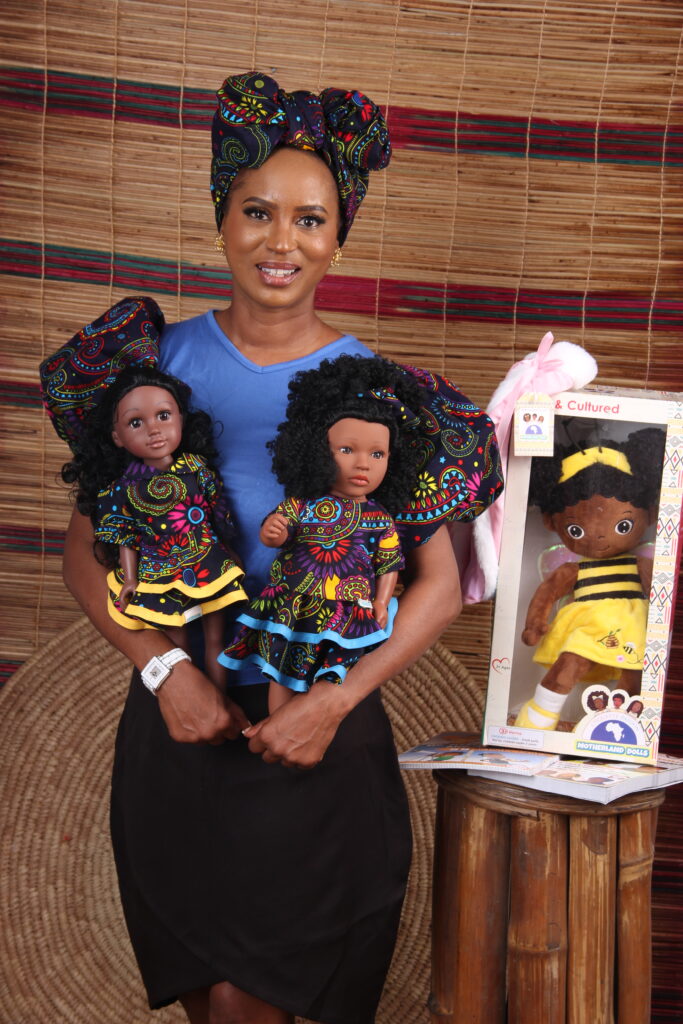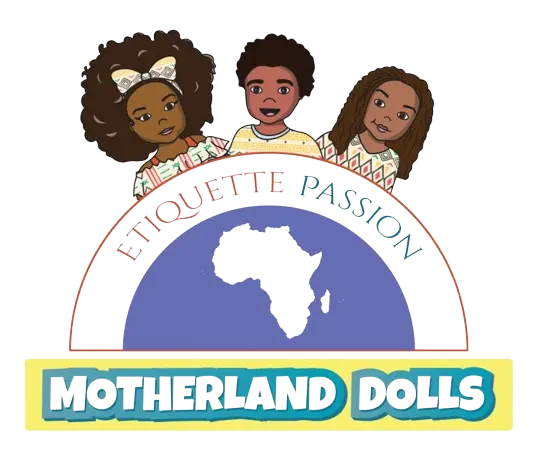Despite the increasing awareness and demand for diverse representation in toys, black dolls remain less popular compared to their white counterparts. This lack of popularity stems from various historical, cultural, and societal factors. Understanding these challenges is crucial to changing the narrative and promoting the importance of black dolls in fostering a more inclusive and positive environment for all children.
Historical and Cultural Context
1. Historical Underrepresentation
For decades, the toy industry has predominantly produced white dolls, reflecting a broader societal preference for Eurocentric beauty standards. This historical underrepresentation has contributed to the lack of availability and popularity of black dolls.
2. Cultural Conditioning
Many societies have historically placed higher value on Eurocentric features, perpetuating a bias towards lighter skin, straight hair, and other characteristics commonly found in white dolls. This cultural conditioning influences both parents’ and children’s preferences when choosing dolls.
Market and Economic Factors
3. Limited Availability and Marketing
Black dolls have often been produced in smaller quantities and received less marketing support compared to white dolls. This limited availability makes it harder for consumers to find and purchase black dolls, contributing to their lower popularity.
4. Economic Constraints
Smaller toy manufacturers, often those producing black dolls, may face economic constraints that limit their ability to compete with larger, established brands. This can affect the quality, variety, and visibility of their products in the market.
Social and Psychological Factors
5. Internalised Racism and Bias
Internalised racism and bias can lead to a preference for white dolls, even within black communities. This bias is often a result of societal messaging that elevates white features and devalues black ones. Addressing and overcoming these internalised beliefs is a crucial step towards increasing the popularity of black dolls.
6. Impact on Self-Perception
Children who do not see themselves represented in their toys may develop negative self-perceptions. The lack of black dolls can contribute to feelings of inadequacy and low self-esteem among black children, further perpetuating the cycle of underrepresentation and unpopularity.
Changing the Narrative: The Importance of Black Dolls
1. Promoting Positive Self-Image
Black dolls play a vital role in promoting a positive self-image among black children. Seeing dolls that reflect their features helps children develop a healthy sense of identity and self-worth.
2. Fostering Inclusivity and Empathy
Diverse dolls teach all children to appreciate and respect different cultures and backgrounds. By playing with black dolls, children learn empathy and inclusivity, fostering a more accepting and diverse society.
3. Cultural Pride and Representation
Black dolls celebrate the beauty and diversity of black culture, instilling pride in black children and educating others about different cultural backgrounds. This representation is crucial for creating a more balanced and inclusive toy industry.

Written by Lola Awofadeju, CEO of MotherlandDolls.com Versatile author, educator, and advocate for children’s well-being, life skills, and etiquette
We are committed to providing high-quality, culturally representative dolls that empower and uplift every child. Explore our collection today and join us in celebrating diversity and promoting a positive self-image for all children.
